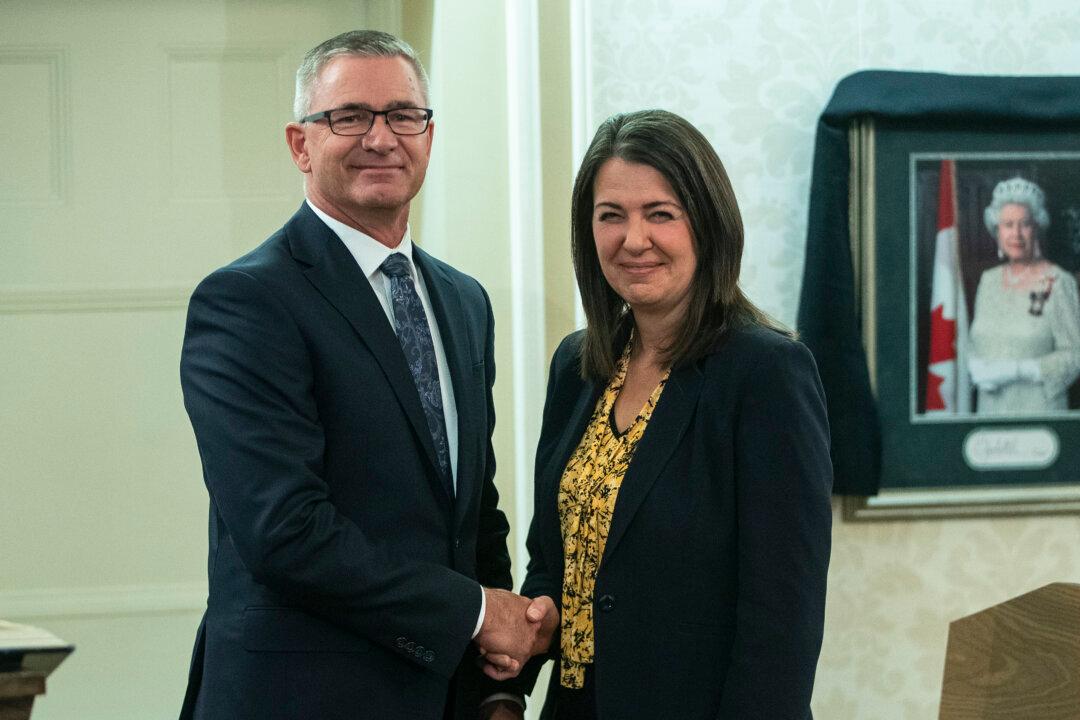Governments are taking advantage of revenue increases—in part due to high inflation—to send households money to mitigate rapidly rising prices. In doing so, a primary concern is to avoid blunting the Bank of Canada’s efforts to cool inflation and encourage government spending restraint. But Alberta’s massive budget surplus comes with its own particular considerations.
Alberta’s budget surplus of over $13 billion this year translates to nearly $3,000 for each Albertan, says University of Calgary economics professor Trevor Tombe.
But while he says the province’s ambitious measures to provide inflation-fighting aid to residents aren’t likely to spur inflation, the surplus should be viewed in the context of oil price volatility.
“Historically, when Alberta has the kind of flush resource revenues that it has right now, it does tend to ratchet up the size of program spending, permanent operational spending.
“And that might be sustainable while oil prices are above a certain level. But it exposes the province to risk in the future because then when oil prices fall, you’re left with this larger government than you would have otherwise have had,” he told The Epoch Times.
Alberta’s mid-year fiscal update assumption for the price of West Texas Intermediate (WTI) for 2022–23 is US$91.50 per barrel. WTI is trading around US$80.
Tombe cautions that Alberta’s surplus should be viewed differently from other provincial surpluses since it didn’t come about through rising income levels but from resource revenues, where the government sells an asset it owns.
“It’s like you’re selling furniture in order to fund operations. And that’s itself not a sustainable position to be in, so we, as a province, have really missed a huge opportunity to save that resource revenue. And I fear we are going to miss this opportunity again.”
‘More Than Any Other Government’
Alberta’s affordability measures have been clearly communicated as being temporary, but they’re also described as both targeted and broad-based.
Both Alberta Premier Danielle Smith and Finance Minister Travis Toews said helping affordability will be balanced with the need for fiscal responsibility and not exacerbating inflationary pressures.
Tombe says that about 55 percent of Albertans will receive the targeted benefit of $600 for seniors and certain families, but 98 percent of households are likely to benefit from the fuel tax suspension and the utility bill rebates for electricity and natural gas.
“So Alberta is far away doing more than any other government in Canada. And that’s obviously because we have an election coming up, for one, and two, just the massive resource revenues make it very easy for the provincial government to do that,” Tombe said.
He explained that the total of Alberta’s affordability measures is going to be equivalent to about 1 percent of the province’s gross domestic product (GDP), and that if the feds were to provide measures of similar magnitude, Ottawa’s total cost would be $26 billion.





